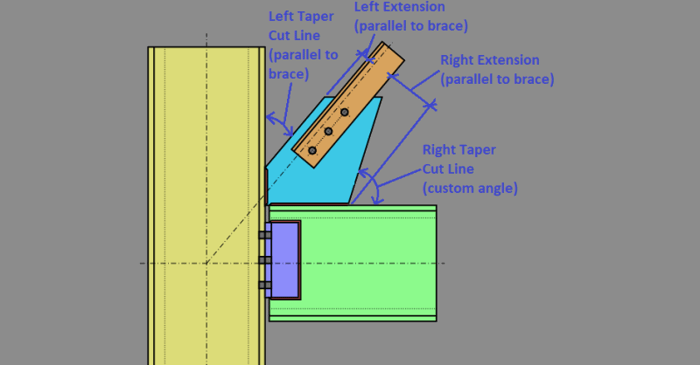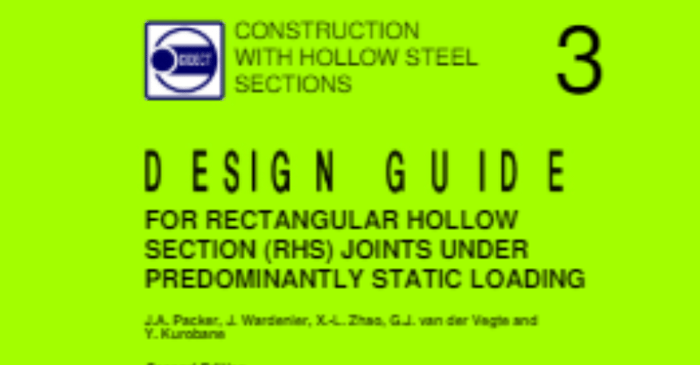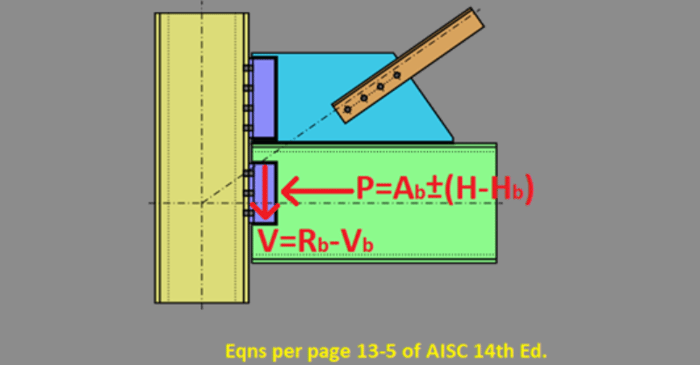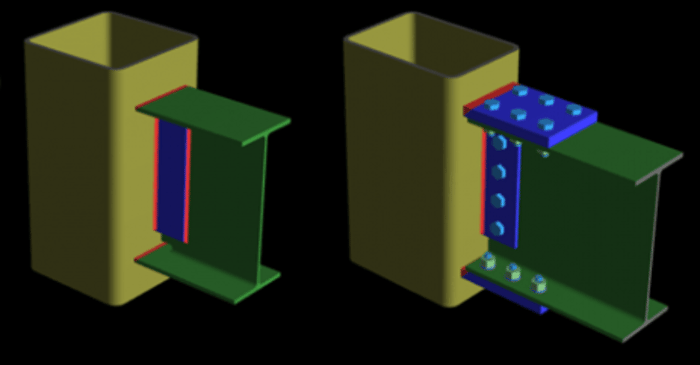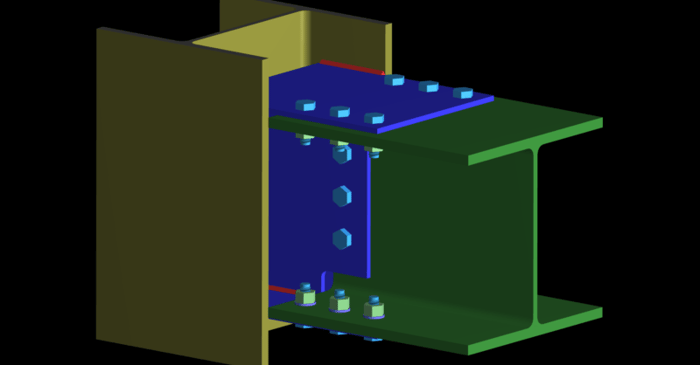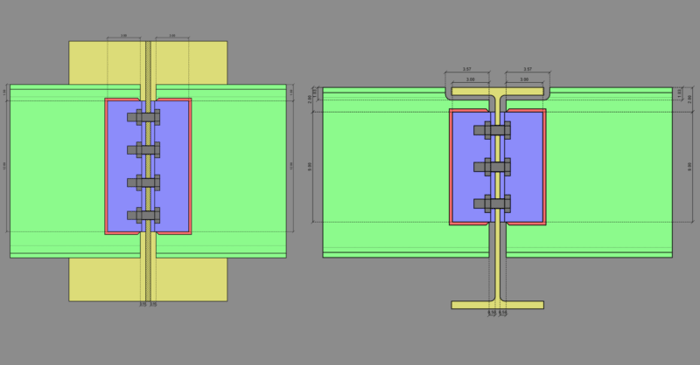
February 14, 2019
Out of Plane Design Checks on Column Web Connections
The AISC 360-16 (15th edition) has added a new section (see page 9-14 through 9-17) that gives direction on how to check the out-of-plane loading on the webs of wide flange columns which are subject to axial and/or bending loads. This applies to shear tabs, double angles and gusset plates attached...




